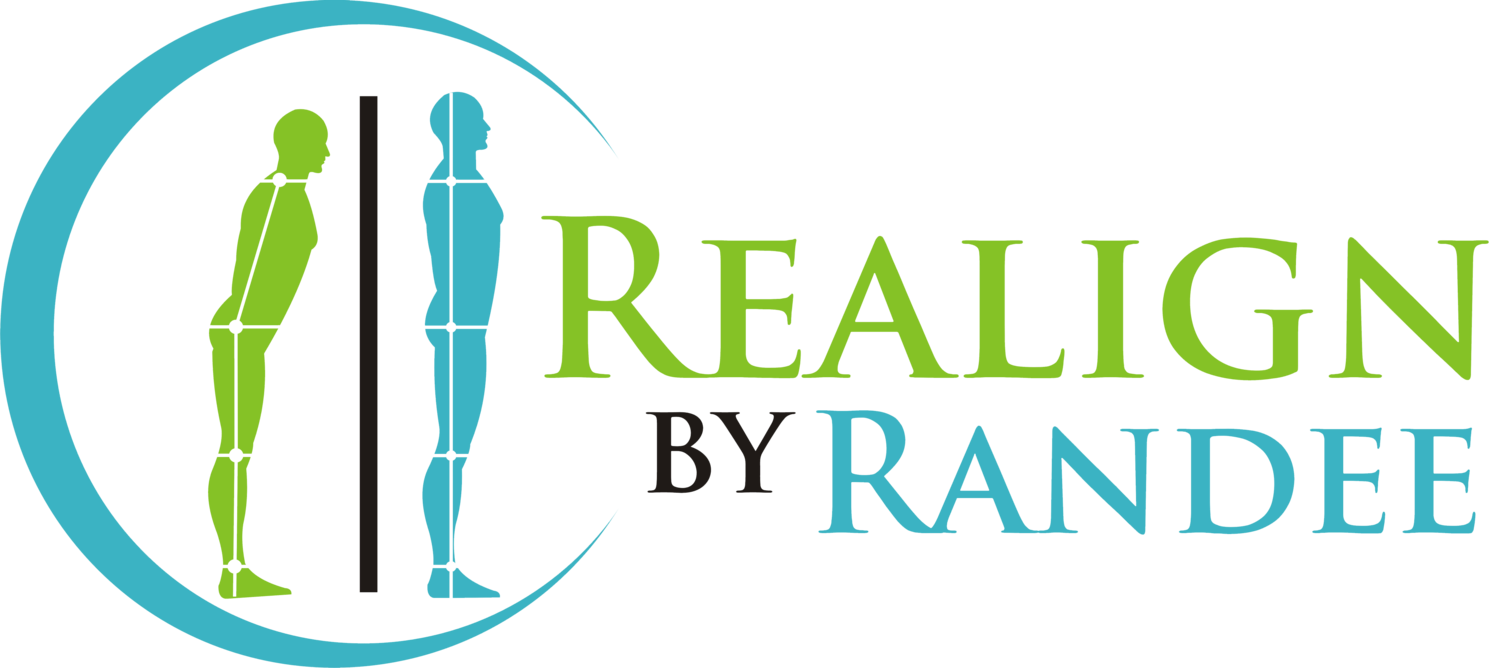TMJ (temporomandibular) pain, headaches, and vertigo and 2 remarkable ways to help avoid these conditions
HEAD TO TOE SERIES PART 8
We have arrived at the top! Some symptoms that might be bugging you are headaches (ugg), neck pain and stiffness, jaw pain (TMJ), dizziness, vertigo, and others. Even though our head is literally on top, it is constantly being pulled toward our arms. There are a few different variations but, often you see people today where their head is sitting right over the shoulders.
Our neck muscles and spine structure were not meant for heavy lifting - more of a moderate sturdy stand with mobility for looking in different directions. As we have our neck moving or hanging forward the spine curve changes more from an S curve to a C forcing the neck to do heavier work.
We wouldn’t want to take a high quality knife and cut wood with it or dig something with the tip. But, we don’t really think twice about asking a part of our body to do something that it isn’t meant to do. The body compensates so we let it, and so forth until it can’t.
Joints are meant to return to neutral but, when they can’t they stay engaged in different positions this creates imbalance and eventually pain.
Imagine holding a weight about 10lbs above your head with your arms straight to simulate the neck and head (the head weighs on average between 8 to 12lbs); If you move your arms forward or back of center it is harder to hold the same weight. This is happening with our head neck when the head leans forward it causes more force on the neck, like a fishing pole. .
When the neck muscles are working so hard to hold up the head, it makes it more difficult for those muscles to work with head turning and side-bending - than a neck stiffness or pain ensues. What is concerning is the forward head position is occurring in younger individuals than previous generations.
If you have symptoms like -headaches, dizziness, vertigo, jaw pain, ringing in the ear, sinus congestion- and you can’t seem to find the solution after seeing multiple doctors and having negative test results, consider the head position. The type of posture that is commonly happening is restricting the diaphragm working well for breathing and the moving of oxygen into the lungs and out to the body as efficiently.
Another consideration with head position are the inner ear canals and how they sit. They function properly with the brain when they are sitting at the correct angles as we move the fluid moves and cause pressure changes. When your head is tilted to the side or forward all the time the body has to accommodate the eyes. The ear canals, eyes and the brain working together is great until there is fatigue from over working - this can result in dizziness or balance being off. Just like the oxygen moves through our body, the sinus draining relies on the body being properly balanced to take advantage of gravity to flow well. Just something to consider with unresolved issues with no explanation.
TMJ or the temporomandibular joint has many muscles influencing it that are interconnected with the head and neck position. The joint may be affected, teeth may be off, but, consider the whole picture.
Tie this into our discussion of the many joints we have gone over. If you ever had a fall and injured some joint consider the possibility that your balance wasn’t at it’s best with the position of your head.
Self-test 1- Stand with your back against the wall and see if your head touches the wall easily without tipping your head back. This gives you information - it might explain why you aren’t sleeping well, feel it is hard to turn your head while driving, or maybe you find some activities are more exerting or hard to do then they once were.
Self-test 2 - Stand near a wall or counter but not touching. Close your eyes and see how long you can stand before really swaying. If the head is out of position without the eyes the inner ear will have a harder time keeping you balanced.
Tip Time
Start holding your phone more up in front of you rather than hanging down in front for at least 1 minute at a time and build up the time you can do that.
Practice sitting up taller in your chair, leveling your chin with the ground. Become aware if you are constantly pulling your head back from a forward position.
